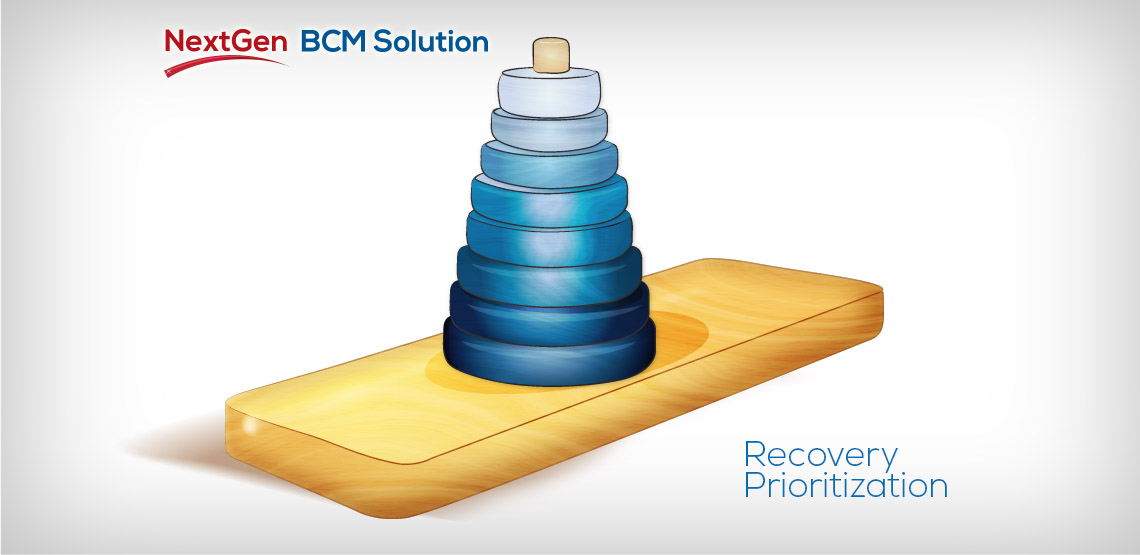(NOTE: This is second part of the 6th in a series of articles discussing the future of Business Continuity Management. The series starts here.)
Business Process Prioritization
As some point (presumably when determining BCM Objectives) the underlying goals of BCM must be made clear. Objectives become the guideposts for determining Process Recovery prioritization. Those business functions with the greatest direct impact must have high priority for recovery. But until the information has been developed to provide an understanding of process dependencies (on other processes), prioritization will rely on BIA data that may fail to demonstrate what truly needs to be recovered first – to enable the recovery of the most critical processes (that directly impact the delivery of products and services).
Cyclical and Seasonal Variables
There are exceptions to almost every rule. And there are certainly exceptions to Recovery Prioritizations. Those exceptions involve real process variations that take into account the events, day—of –the-week, and seasonal operational priorities that may have a direct influence on recovery prioritization. Take Payroll for example. If employees are paid monthly, there is a small window in which the Payroll process may have accelerated priority. Billing, regulatory reporting, budgeting and other processes may have similar variations. Unless we incorporate those variables into our recovery prioritization, we may stumble in our efforts to recovery from a disruption.
Remember that we plan under ideal conditions. We test or exercise under controlled conditions. But when a disruption occurs, it may come with little or no warning. The more information we have to help us determine current recovery priorities (not ideal priorities) the more likely we can take the appropriate action and recover effectively.











